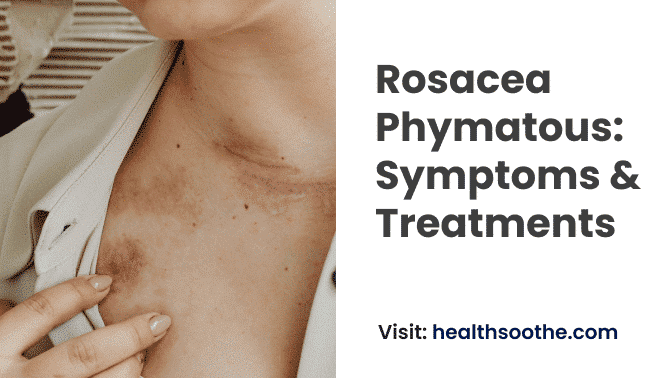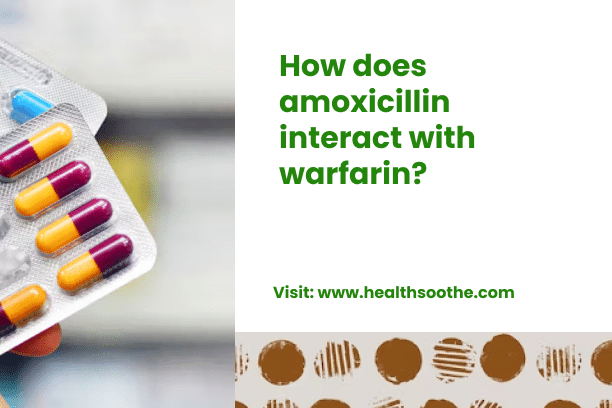Rosacea phymatous, also known as rhinophyma, may thicken the skin of the nose, giving the appearance that the nose is bulbous. However, phymatous rosacea can also affect other parts of the body. Male individuals are more often affected by rhinophyma.
In patients with rhinophyma, the male-to-female ratio varies from 5:1 to 30:1. This might be brought on by androgens (male hormones) There may or may not be further rosacea types. Sometimes, acne comes before rhinophyma.
Rhinophyma is a skin disorder that affects the nose and causes the sebaceous (oil) glands to expand and thicken the skin. The skin looks red or skin-coloured, and blood vessels, which may be small and red (telangiectasia) or bigger and purple in colour, are often visible (venulectasia). Bulbous, pitted from large pores (which may exude sebum or include a scaly plug) and scarred skin are all possible symptoms of the condition.
Rhinophyma often affects the tip of the nose, however, it may also impact the sides and top skin of the nose. Rhinophyma may be unpleasant in terms of appearance since the thickening of the skin can lead to deformities of the nose and uneven nodular development.
Phymatous rosacea can also affect the following sites:
- Chin (gnathophyma)
- Ears (otophyma)
- Eyelids (blepharophyma)
- Forehead (metophyma).
Rosacea often has many stages. The phases are the phymatous stage, the papulopustular stage, the erythrosis stage, and the flushing stage, which refers to transient congestive redness.
The National Rosacea Society Expert Committee 9 has divided rosacea into four subtypes:
- Erythematotelangiectatic
- Papulopustular
- Phymatous
- Ocular.
This categorization states that rosacea may be diagnosed by the presence of at least one of the major symptoms listed below in a central distribution on the face: flushing (transient erythema), nontransient erythema, papules and pustules, and telangiectasia.
A burning or stinging sensation, plaque, a dry aspect of the skin, edema, ocular symptoms, occurrence in a place other than the face, and phymatous alterations are examples of secondary characteristics that may develop simultaneously or separately.
The international Rosacea Consensus panel recently proposed a different classification strategy that is based on phenotype and that more adequately covers the diversity of clinical presentations because rosacea frequently spans more than one subtype, it can progress between subtypes, and some findings are pathognomonic (such as phymatous changes). This tactic hasn’t exactly taken off, however.
Phymatous Rosacea Symptoms
Subtype 3 rosacea, also known as phymatous rosacea, is characterised by excessive skin tissue development that thickens the skin and results in uneven surface nodules and enlargement.
The nose is often the area of the face affected by this kind of rosacea, however, the chin, cheeks, forehead, ears, and even eyelids may also be affected.
The condition known as rhinophyma, which causes a red, swollen, bumpy, and bulbous nose, is the one most often associated with phymatous rosacea.
Rhinophyma brought on by phymatous rosacea may also result in breathing problems depending on how the nose enlarges and where the nodules develop close to the nostrils. This is just one of the numerous factors making it so important to address the skin problem with a board-certified dermatologist.
Phymatous rosacea differs from other types of rosacea in that the skin may be red but can seem normal-toned, or even waxy and yellow. Men are considerably more likely to acquire rhinophyma-causing phymatous rosacea.
Phymatous Rosacea’s Effect on Quality of Life
The health and look of the skin are directly impacted by phymatous rosacea, although its side effects are significantly more severe.
The skin ailment may have a significant detrimental effect on a person’s mental and emotional health as well as their ability to socialise and go out in public because of the disfigurement this subtype 3 rosacea can create.
Do not be reluctant to seek assistance if you or a loved one is going through psychological suffering as a consequence of phymatous rosacea. You may overcome the emotional challenges brought on by subtype 3 rosacea by speaking with a qualified therapist or counsellor.
Despite the rarity of this kind of rosacea, you are not alone in your struggles. For others who are going through a similar situation and can more easily connect to your skin problems, you may even discover online support groups.
What Causes Phymatous Rosacea?
The precise aetiology of phymatous rosacea is still unclear, much as with other types of rosacea. However, it is believed that the cause of skin disease is inflammation.
The quantity of connective tissue and collagen in the skin as well as the size of the sebaceous glands are thought to arise during inflammation in the case of phymatous rosacea.
Unfortunately, a lot of individuals now mistakenly think that drinking alcohol leads to rhinophyma. These folks have referred to the skin condition as “whiskey nose,” “rum nose,” and “drinker’s nose.” That’s not the case, however.
The same is true for various types of rosacea when alcohol is consumed. One observational research of 52 phymatous rosacea patients discovered that drinking too much alcohol may exacerbate the condition. However, there is no cause-and-effect relationship between alcohol usage and rhinophyma.
The bad effects phymatous rosacea may have on your mental, emotional, and social well-being are further exacerbated by the perception that someone with rhinophyma is an alcoholic or consumes excessive amounts of alcohol.
Phymatous Rosacea Treatment
Visit your dermatologist or primary healthcare provider to determine the most effective course of therapy for your phymatous rosacea (who can refer you to a dermatologist).
You must schedule an appointment to address your skin issues since phymatous rosacea demands more than at-home care. As usual, it’s preferable to see your doctor as soon as possible since it’s far simpler to stop the development of symptoms than to undo the harm that has already been done.
Your dermatologist may recommend:
Oral Medications
The best way to treat phymatous rosacea and rhinophyma is not with oral drugs. However, if you and your dermatologist have detected the skin problem in its early stages, your doctor may recommend isotretinoin, a medication, or an oral antibiotic that may help reduce body inflammation.
Because it may cause the sebaceous (oil) glands to shrink, some individuals have found that isotretinoin is beneficial for phymatous rosacea’s early stages. Isotretinoin, however, can only stop phymatous rosacea from becoming worse. The harm that the skin disease has already done cannot be undone.
Another drawback is that the drug only works when you take it. When you stop taking the medicine, the therapeutic benefits end.
Surgery is often the best choice for treating phymatous rosacea since these drugs cannot undo pre-existing skin damage.
Conclusion:
Even though it’s rare, phymatous rosacea has the power to alter your facial characteristics. Because of this, the symptoms of phymatous rosacea may be more detrimental to your quality of life than they are to your skin.
Establish a preventative and/or treatment plan with your dermatologist if you think this is the shape your rosacea may be taking. And always keep in mind that we are here to help you.





